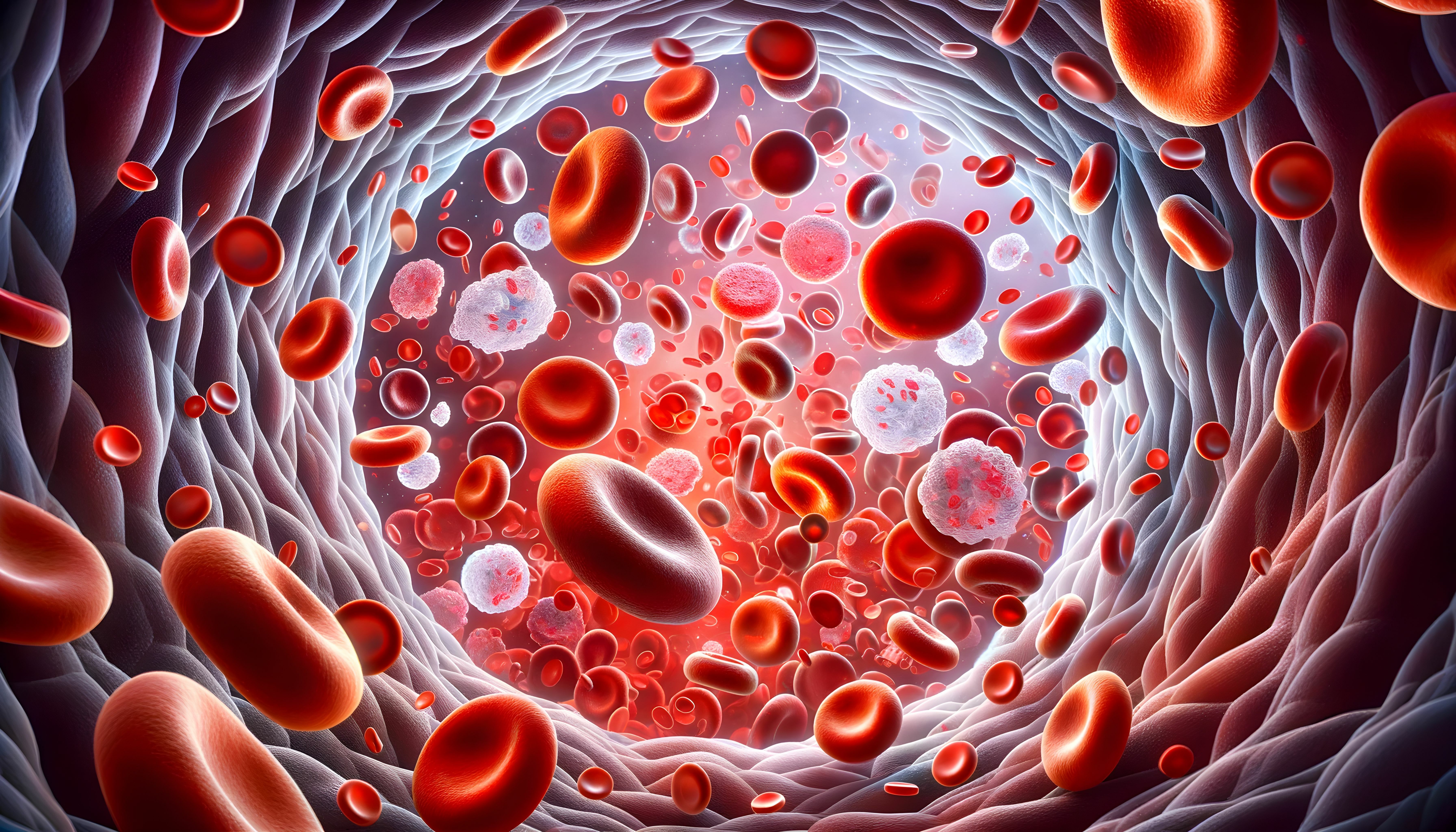Article
Cancer Care From the COVID-19 Front Lines: “Flying by the Seat of Our Pants”
Author(s):
A panel at the Association of Community Cancer Centers discusses lessons from the year of COVID-19.
In early March 2020, the Association of Community Cancer Centers (ACCC) was among the last medical groups to hold its in-person meeting before the nation went into lockdown for COVID-19. And on March 1, 2021, a panel of experts shared a year’s worth of lessons from the pandemic:
- After scaling up telehealth in a matter of weeks, the next step was figuring out how to use the technology in an efficient schedule
- Remote patient monitoring presents new costs, but also new opportunities
- It’s not just about keeping nurses motivated, it’s about keeping them, period.
- Missed cancer screenings for breast, prostate, and colon cancer will mean a rise of later stage cancers not just for months, but for years, one expert predicted.
- Some care must be delivered in person, and lessons about care delivery—starting with the waiting room—will last beyond the pandemic.
For “Cancer Care in the COVID-19 Era,” Leigh Boehmer, PharmD, BCOP, medical director of ACCC, moderated the discussion among Sibel Blau, MD, medical director, Northwest Medical Specialties, and president and chief executive officer, Quality Cancer Care Alliance; David W. Dougherty, MD, MBA, medical director, Dana Farber Cancer Institute Network; Luis M. Isola, MD, director, Cancer Clinical Programs, Mount Sinai Health System & Tisch Cancer Institute; Jody Pelusi, PhD, FNP, AOCNP, oncology nurse practitioner, Honor Health Research Institute; Mary Miller, MSN, RN-BC, OCN, Nurse Manager, Franciscan Health Cancer Center Indianapolis; and Adam Riker, MD, FACS, chair of oncology, Anne Arundel Medical Center, DeCesaris Cancer Institute.
Panelists described challenges unlike any they had seen in their careers. There were sudden drops in screenings and patient visits, presenting both care delivery and financial crises. Clinic and hospital finances were turned upside down—beds were filled with COVID-19 patients, but with many elective surgeries canceled, revenue sources evaporated overnight. Patients with sudden job losses experienced new levels of financial toxicity—and so did staff, if a spouse lost a job or a clinic had to make cuts. Blau said in her practice, employees donated PTO to fellow staff who needed time off to deal with child care or other issues.
There was great uncertainty over how to administer care itself. Should patients with aggressive cancer have surgery? Could therapy be used instead? If so, for how long?
“When the first COVID crisis started, we didn't really know what we were doing,” Riker said. In radiation oncology, “We didn't even have mask mandates the first month. … We were kind of flying by the seat of our pants, just doing what we thought was best. When it came to medical oncology and continuing to treat our patients who needed chemotherapy, we didn't test anybody, we brought them in, and we would treat them.”
Very quickly, however, facilities incorporated masks, social distancing, and extra sanitizing steps to prevent spread of disease. But patient volumes in both medical oncology and radiation oncology dropped by 90% at some points.
When it came to surgery, Riker said, care teams used a tiering system to determine “what was a cancer that needed to be operated on versus a cancer that could wait a bit.” He credited the American Society of Breast Surgeons and the American College of Surgeons for quickly releasing “excellent” recommendations for physicians and hospitals to follow.
Telehealth Offers a Lifeline
Almost overnight, practices adopted telehealth as a way to keep in touch with patients and replace lost revenue. Telehealth was a blessing, panelists agreed, but the technology presented its own challenges. Whole new workflows had to be created overnight. Pelusi said being “on time” for a telehealth visit became an issue if these sessions were mixed in with office visits, so the schedule was adapted to cluster telehealth visits into blocks of time to avoid having patients waiting online.
Cancer centers and community practices alike had to help patients who lacked computers, WiFI or basic technical skills, and this meant new costs, including staff. Mount Sinai has procured a grant of nearly $1 million that Isola said will buy tablets for patients as well as remote monitoring licenses.
But remote monitoring also offers opportunities, he said. “Remote monitoring has provided us with a wealth of new data that we did not have access to, ranging from vitals to oxygen saturation. It really does increase the ability of the Cancer Center to deliver more and more of our care remotely at home, and we hope its going to make a big difference in the lives of our patients.”
Patient engagement is up as well, said Dougherty. By necessity, patients and caregivers had to download software to take part in a remote visit, and Dougherty said the use of MyChart is up from 15% to 20% before the pandemic to 60%, as patients become more involved in their own care.
The importance of families in making this transition cannot be overstated, panelists said. “I've heard from members over and over, they have an even greater appreciation for caregivers and family members and patients who did support folks through a technological kind of eruption around digital health during the COVID pandemic,” Boehmer said.
“I think family members saved us,” Blau said. The partnership between the family caregivers and the investments made by practices allowed care to continue, she said.
Nurses Hit the Road
Staffing presented challenges on many fronts, from communication to motivation to just keeping them from fleeing. Oncology nurses were often rotated or “floated” to other parts of a hospital to care for COVID-19 patients, which put the nurses at higher risk and then raised questions whether they should care for cancer patients. Hospitals began to lose their nurses to better-paying travel nursing opportunities, Miller said. Riker said the travel nurse phenomenon is making surgeries hard to schedule at his center, too.
Communication is key. Working through the pandemic is hard enough, but lack of information about what the job would look like day to day or week to week added to stress, said Miller. She facilitated “chats” every few days to keep nurses informed and engaged.
“We had a very rough summer from about March until August or September, our census was way down. And then we rebounded, and now we're constantly full. And we don't have enough staff, because I couldn't hire anyone when I was floating everybody. We've been on a roller coaster for a year now, just trying to keep staff happy, trying to keep them from quitting, trying to keep them from jumping on the travel nurse bandwagon and going everywhere,” said Miller. “We’re very short staffed in the hospital setting. And it's had a very dramatic impact on all the nursing staff support staff, because we've been so busy. [There are] patients in the hallway, patients and on ventilators in the hallway. It’s been pretty traumatic on nursing staff and they're exhausted.”
The Road Ahead
Hospital finances are shaky due to the loss of elective procedures, and the pandemic is far from over. Many health care workers are suffering from burnout and will have mental health needs for months or years to come. At the practice level, unanticipated investments in technology and added staff come in the midst of ongoing challenges in healthcare transformation, Blau said. And the fallout in outcomes from deferred care is just beginning, Isola said.
“The full effects of the lack of screening for cancer is going to be felt for years to come. It's not going to be completed in the next few months. It will become evident in the next few years,” he said.
Large cancer centers have already seen “anecdotal cases” of patients with rapidly progressing multiple myeloma or other cancers that progressed quickly because patients did not see a doctor. But Isola said what’s to come are the later stage diagnoses of slower progressing cancers, such as breast, prostate, or colorectal cancer.
But some lessons of the pandemic will be positive. Some care will continue to be delivered through telehealth, and the waiting room as we know it could be a relic, Riker said.
Even before the pandemic, sitting in the waiting room was source of poor patience experience ratings, so this is an area ripe for change. “It’s a wasted experience for patients and providers alike,” he said. By doing a better job with scheduling providers, and making sure they don’t fall off schedule during the day, “We really shouldn’t have to use waiting areas for patients.”
















